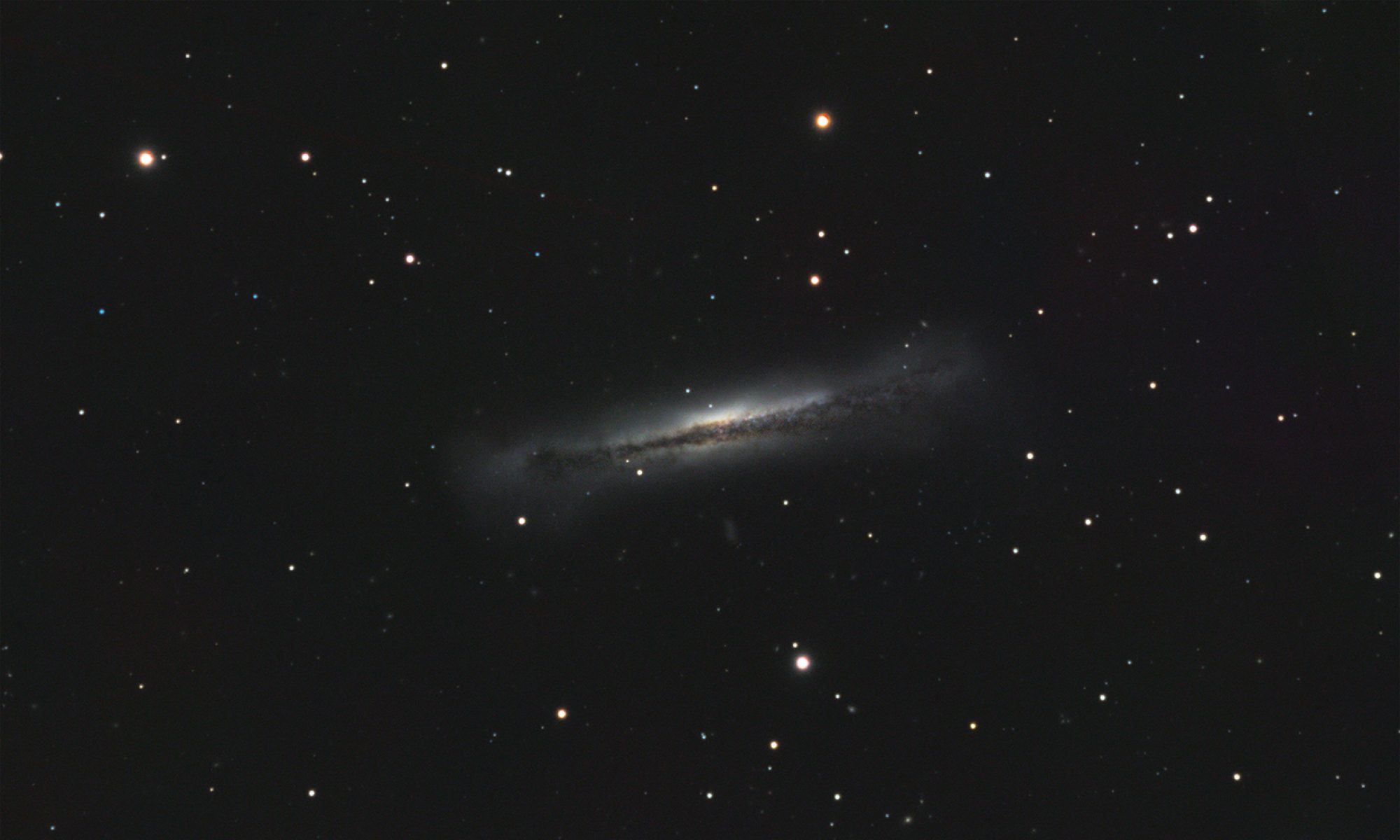Under a dark sky it’s great to see the shooting stars, the Milky Way, to enjoy the sound of the night crickets and other wildlife. And to shoot some pictures of the stars! Our family holiday in Castellet-en-Luberon allowed me to do all of that. This picture is a relative wide field taken with a Nikon 180mm F4 and FF camera Nikon D750. You can find Altair as the brightest star (Aquila constellation), and the familiar stars above and beneath Altair (in this picture right and left). In the middle of the picture a dark spot can be found, a dark cloud of dust and gas obscuring the starfields of our Milky Way that lie in the distant background. It’s called Barnard 142 after the catalogue of the US astronomer Edward Barnard (1857-1923). He also discovered the fastest moving (apparently) star in our skies (in Ophiuchus) which was called Barnard’s star.

No guiding, darks or flats were used for this image. A full-size version can be found on my Astrobin site.






